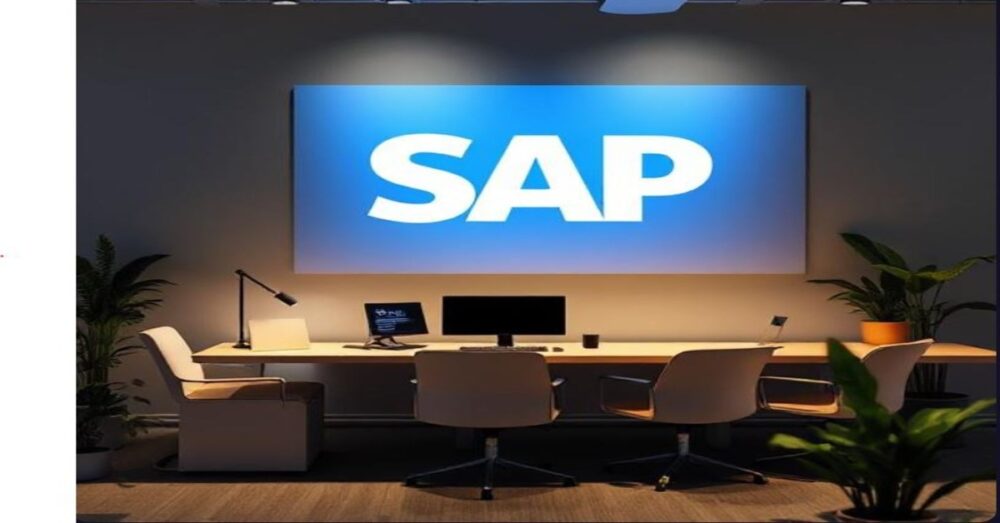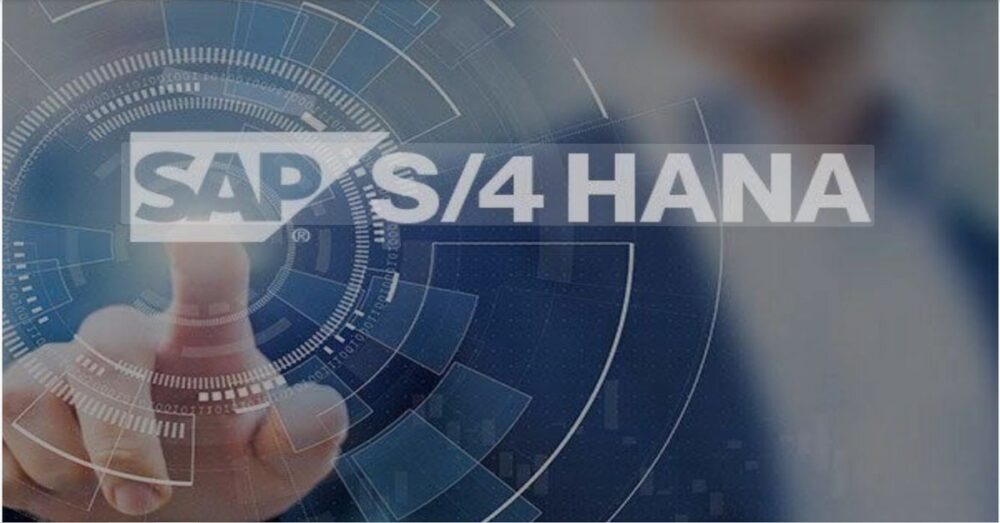Introduction

In the world of procurement and supply chain management, the Supplier Master is as important as the Material Master. Without accurate supplier information, a company cannot process purchase orders, manage contracts, perform invoice verification, or comply with legal and tax requirements.
In SAP S/4HANA, the concept of Supplier Master has been modernized and merged with Business Partner (BP) functionality. This integration provides a single point of entry for managing suppliers, customers, and other business partners in a unified way.
Evolution: From Vendor Master to Business Partner
In SAP ECC:
- Vendors were managed via Vendor Master Data.
- Separate transactions were used (XK01, XK02, XK03, MK01, MK02, etc.).
In SAP S/4HANA:
- Vendor Master has been replaced with Business Partner (BP).
- Business Partner is the single entry point for maintaining suppliers, customers, and other stakeholders.
- Supplier is created as a Business Partner with BP role “FLVN00” (Supplier – FI) and FLVN01 (Supplier – Purchasing).
This change brings several benefits:
- One master data object for customers and suppliers.
- Flexibility in role assignment.
- Improved data consistency across modules.
- Simplified integration with SAP Ariba and SRM.
Structure of Supplier Master
Supplier master data in SAP S/4HANA is structured at different organizational levels:
- Client Level
- General data valid for all company codes and purchasing organizations.
- Example: Supplier Name, Address, Tax ID, Contact Information.
- Company Code Level
- Data relevant for financial accounting.
- Example: Reconciliation Account, Payment Terms, Withholding Tax.
- Purchasing Organization Level
- Data relevant for procurement processes.
- Example: Purchasing Currency, Incoterms, Order Currency, Payment Terms, Partner Functions.
This structure ensures flexibility, as one supplier can serve multiple company codes and purchasing organizations with different conditions.
Supplier Master Data Views

Supplier master data is categorized into three main views:
1. General Data (Client Level)
- Supplier Number (BP Number)
- Supplier Name (Short & Long)
- Address (Street, City, Postal Code, Country)
- Communication (Phone, Email, Fax)
- Bank Details
- Tax Numbers (VAT, GST, PAN, etc.)
2. Company Code Data
- Reconciliation Account (FI Integration)
- Payment Terms (e.g., Net 30, Immediate)
- Payment Methods (Check, Bank Transfer, SEPA)
- Dunning Procedure
- Withholding Tax Information
3. Purchasing Organization Data
- Purchasing Currency
- Order Acknowledgement Requirement
- Incoterms (FOB, CIF, EXW)
- Partner Functions (Invoicing Party, Ordering Address)
- Vendor Evaluation Data (Scorecards for quality, delivery, pricing)
Key Supplier Master Tables in S/4HANA
| Table | Description |
|---|---|
| BUT000 | Business Partner General Data |
| BUT020 | Business Partner Address |
| LFA1 | Vendor Master (General Section, still available for compatibility) |
| LFB1 | Vendor Company Code Data |
| LFM1 | Vendor Purchasing Organization Data |
| ADRC | Address Data |
Creating Supplier Master Data
In SAP ECC, transactions like XK01 and MK01 were used.
In S/4HANA, supplier creation is done using Business Partner (BP) transaction.
Steps:
- Use Transaction BP or Fiori App Manage Business Partner.
- Select Business Partner Role = Supplier (FLVN00 & FLVN01).
- Enter general data (Name, Address, Contact).
- Assign company code data (Reconciliation Account, Payment Terms).
- Assign purchasing organization data (Currency, Incoterms).
- Save → Supplier is created with a unique BP number.
Supplier Master in Procurement Process
Supplier master plays a central role in procurement:
- Purchase Requisition – System checks valid suppliers.
- Source Determination – Supplier master + info records help in supplier selection.
- Purchase Order – Supplier details like payment terms and incoterms are automatically pulled.
- Goods Receipt – System validates supplier linked to PO.
- Invoice Verification – Supplier bank and tax data used for payment.
Without supplier master, procurement transactions cannot be processed in SAP.
Supplier Master Integration with Finance
Supplier master is tightly integrated with FI (Financial Accounting):
- Each supplier is linked to a Reconciliation Account in FI.
- Payments and invoices automatically flow from MM to FI.
- Withholding tax and dunning procedures are defined in supplier master.
Example:
- Supplier invoice posted in MIRO → Debit GR/IR, Credit Supplier Account.
- Supplier account is subledger → Updates reconciliation account in FI.
Supplier Evaluation in SAP S/4HANA
Supplier master data also supports supplier evaluation:
- Quality of Goods (Defect rate, return percentage).
- Delivery Performance (On-time vs. delayed).
- Pricing Consistency.
- Service and Responsiveness.
This allows purchasing teams to rank suppliers and take better sourcing decisions.
Advanced Features in Supplier Master

1. Supplier Classification
Suppliers can be classified using attributes (e.g., Local/International, Strategic/Non-Strategic).
2. Centralized Supplier Data with MDG
- Large enterprises use SAP Master Data Governance (MDG) to manage suppliers.
- Ensures approval workflows, versioning, and data accuracy.
3. Integration with SAP Ariba
- Supplier master integrates with Ariba Supplier Lifecycle & Performance (SLP).
- Provides supplier onboarding, qualification, and risk assessment.
Common Challenges in Supplier Master
Duplicate Suppliers
- Multiple entries for the same supplier due to lack of governance.
Incorrect Bank or Tax Data
- Leads to payment rejections or compliance issues.
Inconsistent Payment Terms Across Orgs
- Causes reconciliation issues in FI.
Migration from ECC to S/4HANA
- Mapping old vendor master data to new BP structure is challenging.
Best Practices for Supplier Master Management
- Define a clear governance policy for supplier data.
- Use business partner role concept effectively.
- Implement approval workflows for new supplier creation.
- Regularly audit and cleanse data to remove duplicates.
- Integrate with SAP Ariba for global supplier management.
Real-World Example
A global manufacturing company had:
- 10,000+ suppliers in ECC.
- Many duplicates with inconsistent payment terms.
Migration to S/4HANA:
- All suppliers consolidated into Business Partner model.
- Duplicates eliminated with MDG workflows.
- Improved visibility, reduced errors, and ensured compliance.

FAQs on Supplier Master in SAP S/4HANA MM
1. What replaced vendor master in S/4HANA?
- Vendor master is replaced by Business Partner (BP) with supplier role.
2. Can one supplier serve multiple company codes?
- Yes. Supplier can have company code data for multiple entities.
3. How is supplier linked to G/L accounts?
- Via Reconciliation Accounts defined in FI.
4. What is the difference between BP number and Supplier number?
- In S/4HANA, supplier number is synced with BP number for consistency.
5. Is MDG mandatory for supplier management?
- No, but highly recommended for large organizations.
6. Can we integrate supplier master with external systems?
- Yes, through SAP Ariba and APIs.
Conclusion
The Supplier Master in SAP S/4HANA MM is a critical foundation for procurement and finance integration. With the Business Partner model, SAP has modernized supplier management, enabling:
- Unified master data management.
- Better governance and compliance.
- Integration with Ariba and MDG.
- Improved procurement efficiency.
For consultants and organizations, mastering supplier master is essential for a successful SAP S/4HANA implementation.
